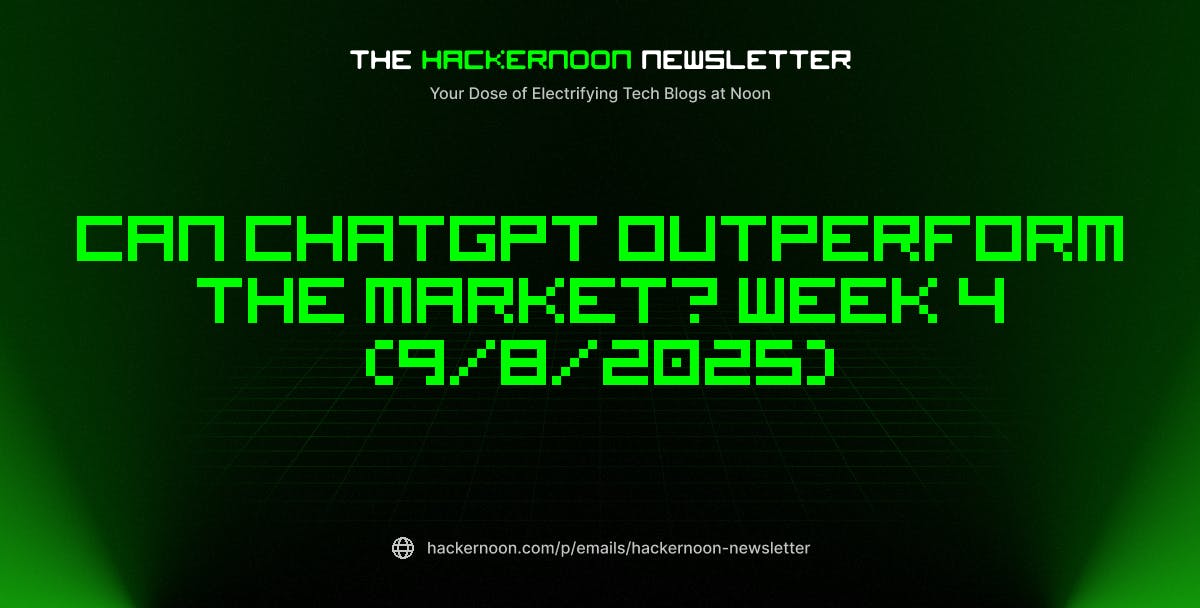Much of the current Programmers – consumption me, software engineers– location itself ‘creatives’. Artists of a kind. They are given to flashy personal websites with smart hidden Easter eggs and parallax scrolling; They give themselves multihyphenate titting titles (“ex-amazon-engineer-investor-author-author”) and displace their laptops with identity-signaling vinyl stickers. Some consider themselves as literary advanced. Consider the references that have been taken in certain product names: Apache Kafka, Scylladb, Claude 3.5 Sonnet.
Much of that, I admit, applies to me. The difference is that I am a bit short of talents to link, and my toy projects – with names such as “Nabokov” (I know, I know) – better stay on my laptop. I went this world within the moment that software engineering caught up banking as the most exciting profession. There is a lot of hatred and self -hatred, to contend.
Perhaps this is the reason why I see the ethos behind the programming language go as both a reprimand and a potential corrective for my generation strivers. The makers come from an era in which programmers had smaller egos and fewer commercial ambitions, and it is, for my money, the most important language of the general millennium-not the best in every thing, but almost the best for almost everything. A model for our flashy times.
As I was To categorize programming languages such as art movements, there would be the middle-century utilitarianism (Fortran, Cobol), High theory formalism (Haskell, Agda), Americorate Pragmatism (C#, Java), Grassroots Communitarianism (BrainfUCK). And I would say Go, often described as “C for the 21st century”, represents neoclassicism: not so much a revolution as a throwback.
In 2007, three programmers came together at Google around the shared feeling that standard languages such as C ++ and Java had become difficult to use and poorly adapted to the current, more cloud-oriented computer environment. One was Ken Thompson, formerly Van Bell Labs and a recipient of the Turing Award for his work on Unix, the mitochondrial eve of operating systems. (Nowadays, OS people do not mess with programming languages is related to an Olympic high sweater that is also eligible for the marathon.) Does Rob Pike, another Bell Labs-Alum that, together with Thompson, created the Unicode Coding Standard UTF-8. You can thank them for your emoji.
Looking at this Doyens Programming Create Go was like seeing Scorsese, the Niro and Pesci for The Irishman. Even the insufficient-here-developed name can be forgiven. I mean, the pure chutzpah of it. A movement that only dares to dare to reign the reigning search engine king.
The language quickly got a grip. Google’s prestige must have helped, but I assume that there was an unfulfilled hunger for novelty. By 2009, the year of GO’s debut, the youngest of the regular languages were usually still from 1995 – a real Annus Mirabilis, when Ruby, PHP, Java and Javascript all came true.
It was not that the progress in the programming language design had stalled. Language designers are a beautiful brain -like group, many with a reformist zeal for the release of the status quo. But what they are ultimately building can sometimes resemble the high design miracle of a starchitect that appears to have drainage problems. Most new languages never overcome basic formation problems.
But from the start, Go (sorry) was ready to go. I once wrote a small search engine in Python for searching my notes and documents, but it was unusable. Rewritten in Go, my pathetic snake grew wings and left, run 30 times faster. As some astute readers may have guessed, this program was my ‘Nabokov’.

.jpg)







